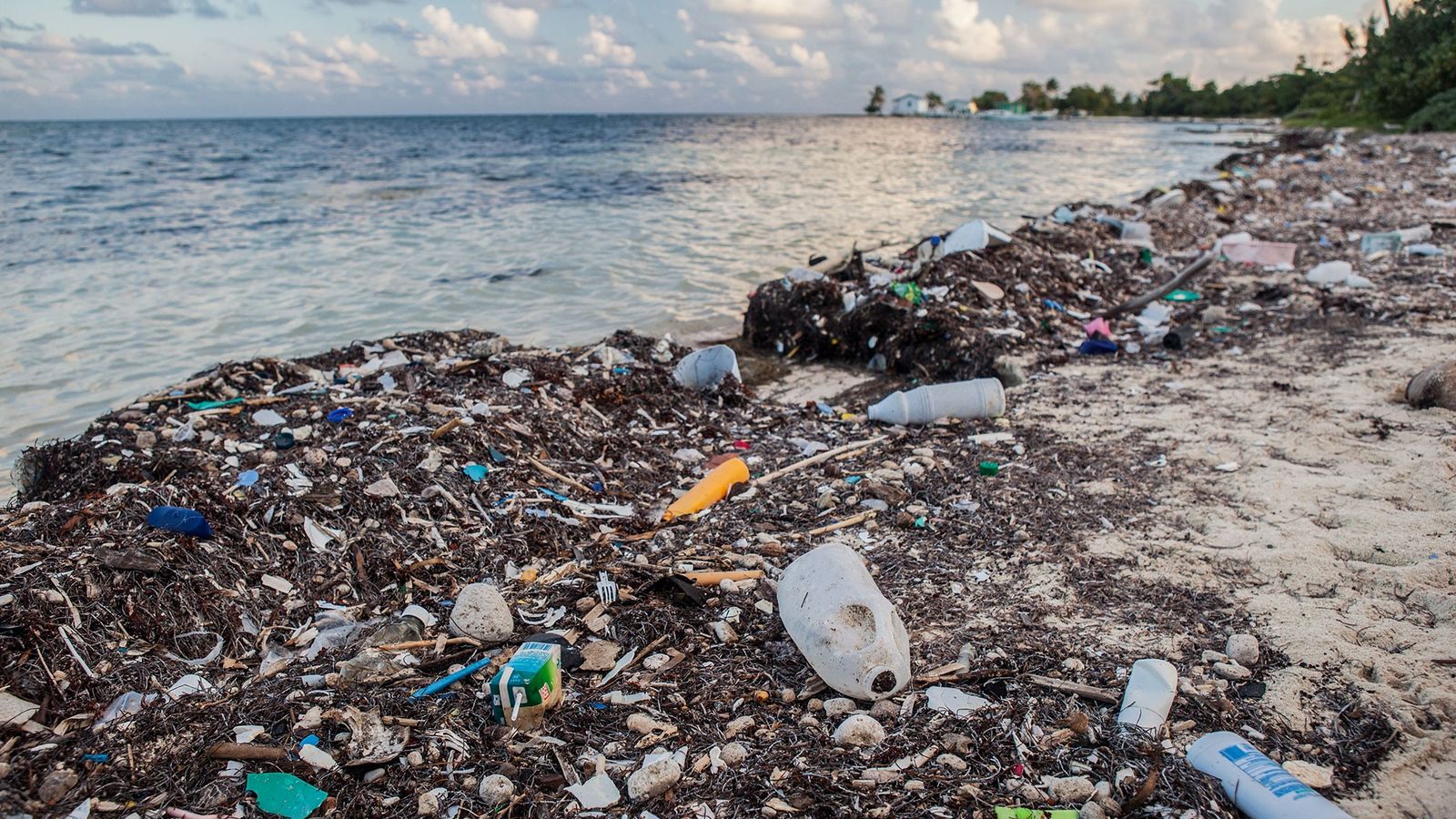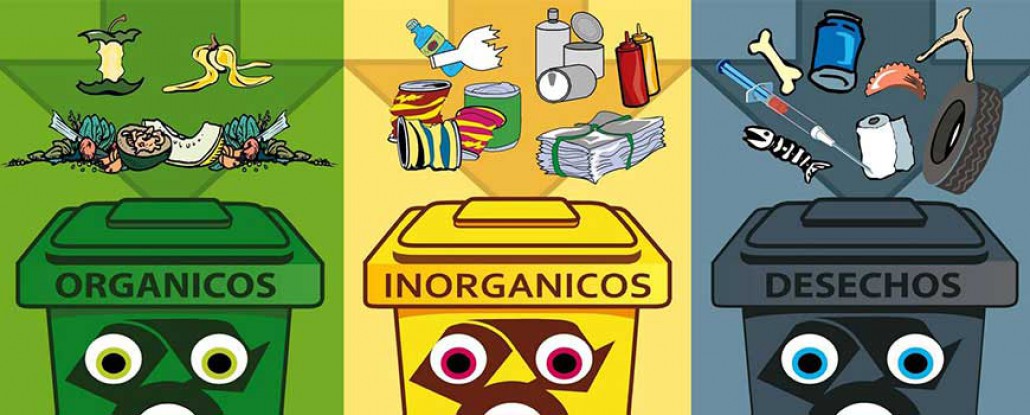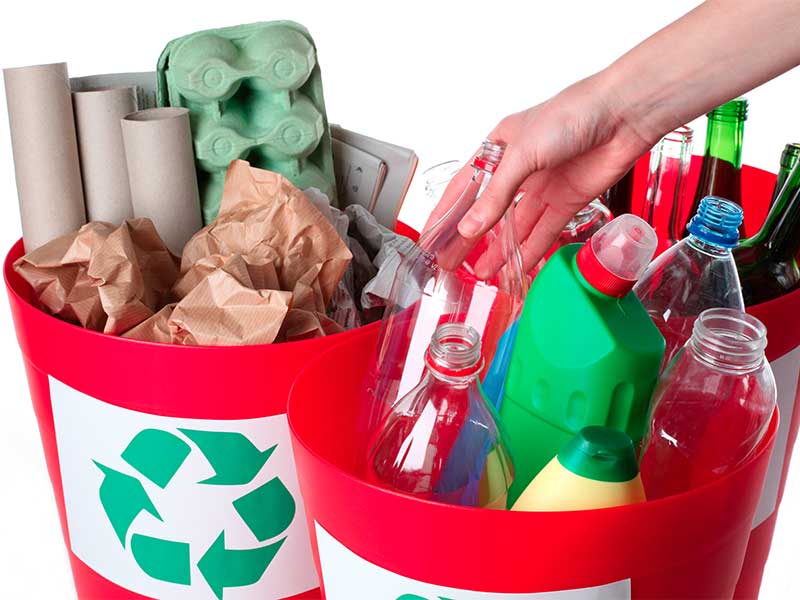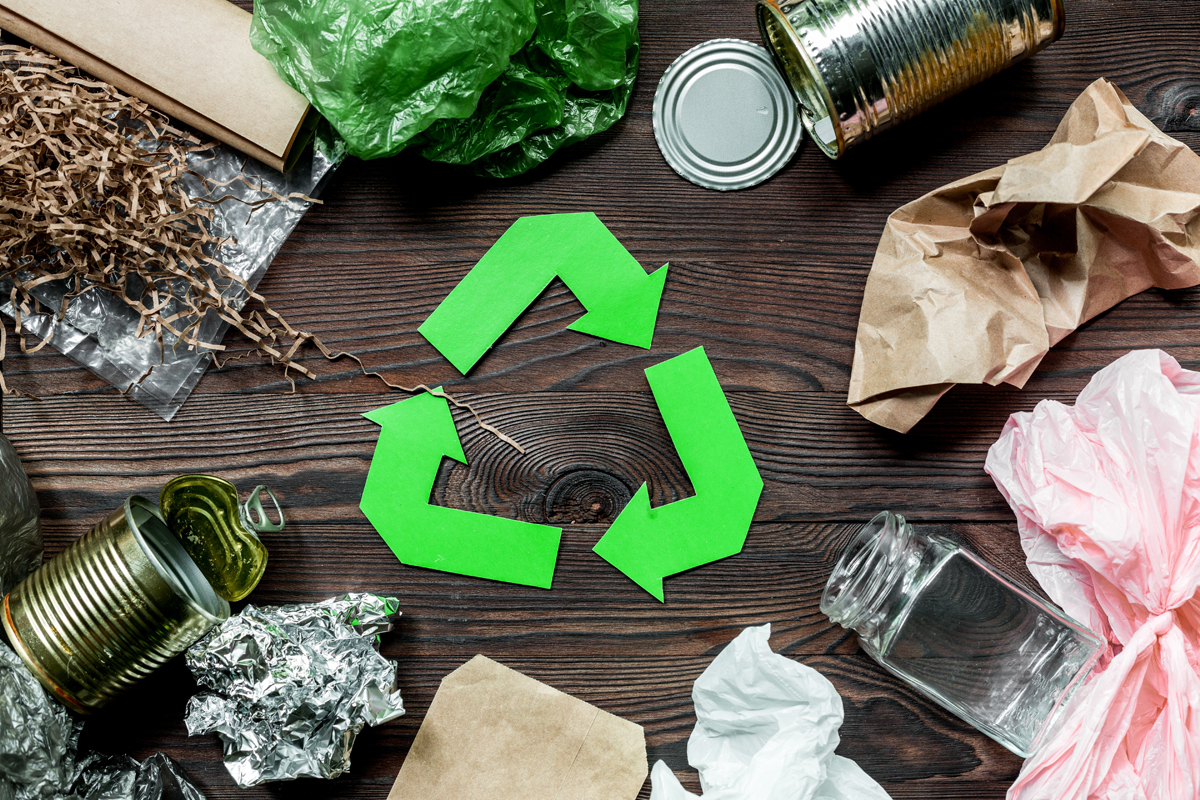Waste represents a great crisis worldwide and this is due to its accumulation, the high consumption of products and its impact on the environment. Currently there are large amounts of waste that have deteriorated our environment and also cause serious diseases, due to this there are basic techniques to reduce this impact and they all start with separating garbage from home, in the following article we will learn about the different measures ecological measures taken by man for the control of organic and inorganic waste.
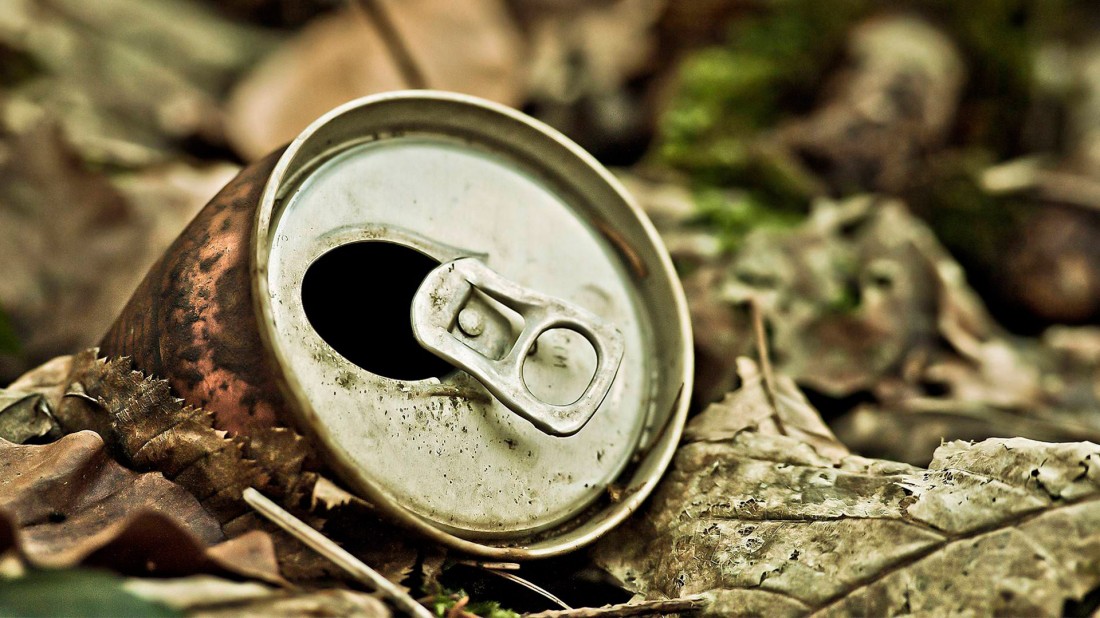
Garbage Separation
Man has always been characterized by his constant evolution, taking society to new levels of consumption and benefits of the resources available in nature, generating a wide variety of products used on a daily basis such as cell phones, brushes, fabrics, tables. , among others, highlighting each one with a useful life time according to the type of material with which it was made and its usefulness for society. It should be noted that once they have completed that period they become waste or debris that drastically affects the planet.
These wastes are a type of unwanted and useless material, commonly known as garbage, this term comes from the Latin version which refers to the action of sweeping; Depending on the type of raw material used for their preparation, they are classified and considered as a waste that no longer has any type of utility and is discarded.
Garbage is produced directly by human beings, it is a direct consequence of the large number of activities carried out for the production of materials, food, articles and some other product related to the consumption of society. It deals with materials that no longer have a use or utility, as well as those that have completed their life cycle and are replaced by an improved version or some other product.
Man-made products are made up of a variety of raw materials that are consumed directly (food, beverages, among others) or indirectly (furniture, utensils, among others). Each of these goods have another factor known as their containers or wrappers, where the presentation or the company responsible for its preparation is observed, this type of material has the function of protecting the product but once used in the day to day they are discarded, the most typical examples are bags, boxes, cans, wrappers, among others.
The massive consumption of products and the increase in population have caused the accumulation of waste in places enabled for it, such as garbage dumps or dumps, but also in other spaces such as landfills, green areas, among others. Currently, methods have been established for waste that is not usable and deserves to be treated by recycling techniques, collaborating with the reduction of health and environmental problems.
There is a classification of waste to identify which can be recycled, such as domestic, commercial, hospital, industrial or construction activity. In this way, reduce the number of waste, reduce the environmental impact and extend the life of all products.
The separation of the waste allows to establish the treatment that each of the waste will receive, be it elimination, recycling, among others, for this, aspects such as its biodegradation, toxicity of impact on the environment must be taken into account. Also considering the garbage cycle for proper waste management.
Importance of Separating Garbage
The accumulation of garbage is one of the main crises of today, mainly due to the negative impact on the environment, deteriorating ecosystems, destroying nature and causing the spread of diseases. For this reason, basic principles were established to reduce these influences and begin with the proper separation of garbage according to the source material that it comes from. There are many benefits to carrying out this action. Below we will highlight some:
- Avoid contamination of water bodies
The planet earth is made up of 70% water, being distributed in different environments such as oceans, seas, reefs, rivers, lagoons, springs, among others, it represents a fundamental factor for the development of life on the planet, at present One of the main sources of garbage accumulation is in bodies of water, being easily distributed in different sectors of planet earth and affecting both the natural environment and nearby urban areas.
- Reduces the extraction of natural resources
Natural resources represent the main raw material used by man to produce the products consumed by society, proper separation of garbage allows proper distribution of waste, decreased energy consumption and control of extracted resources.
- Prevents landfills from collapsing
The presence of waste in our society is inevitable, for this purpose landfills have been established that accumulate and displace a certain amount of it until it is deposited, at present there is an oversaturation of landfills, even affecting those of common use, with the separation of garbage can be sorted some waste for other uses or other accumulation areas.
- Create new jobs
Recycling is the main measure for garbage control. Over time, companies that support this cause have started and have expanded their work areas to collaborate with it, generating new sources of employment for people.
- Recycled products can be reused or create new products
The principle of the three R's is reduce, reuse and recycle; all this with the purpose of generating new products from those that are considered as waste, reducing the amount of waste in the environment.
Tips for Separating Garbage at Home
Recycling consists of a process where all the materials used on a daily basis such as paper, glass, aluminum, plastic, cardboard, among others; at the end of the useful life cycle they can be transformed again into another product. It is one of the ecological principles with the greatest impact on society, representing an innovative movement for the conservation of the environment. It is a practice that can be carried out in homes, offices, public places, among others.
One of its main objectives is the knowledge of how to separate garbage from home, here are some basic methods:
- Containers in the home
Use recycling containers located in different places in the home, they can be small buckets identified with the type of raw material where the waste is deposited and then separated, once they are full they can be transferred to the respective containers located in the city.
- container labels
It is mandatory that the containers be identified with the name of the waste that will be added or colors can also be given to avoid confusion.
- Universal Recycling Bin Colors
The colors used for the classification of waste containers represent a universal identification according to the type of waste, such as gray (waste in general), orange (organic), green (glass containers), yellow (plastic and metal containers) , blue (paper) and red (infectious or hospital waste).
Separation of the Different Types of Waste
The waste is classified according to the type of waste and material of origin, where the ecological society has granted a color, treatment and actions to follow depending on the case, below we know how to separate the waste depending on the material:
Packaging and Plastic (Yellow Container)
It consists of those containers made of aluminum such as cans, aerosols, among others. It also covers those Styrofoam trays, are those used for food, in addition to plastic bottles and jugs used for beverages. They are stored in yellow containers, this type of container stores everything related to plastic containers, preferably they must be clean. Plastic containers represent 11% and 12% of all the waste they generate in society, since they are products that are widely seen in daily life.
Glass (Green Container)
Glass is a type of material that par excellence is recycled, it is necessary to keep in mind the difference with crystal glass (commonly known as crystal), the latter represents a type of glass of higher quality but cannot be classified together with the common one, this This is due to its higher melting point and therefore requires a different treatment. The crystals cannot be deposited in the green containers but in the clean points of the city. Products made with glass have lids or caps, the lids must be removed and discarded in another container (plastic or aluminum). In addition, glass is a product that does not lose its qualities and is par excellence reused.
Paper and Cardboard (Blue Container)
The recycling of cardboard and paper deals with 18% of all the waste generated in society, they must be added to the blue containers, before being added other material such as staples or spirals of notebooks must be removed, in addition they cannot be dirty with organic matter. It is considered one of the most essential, since recycling one ton of paper saves up to 16 medium-sized trees, saves 50 liters of water and up to 300 kilograms of oil; therefore, it represents an important ecological factor for the conservation of the environment.
Organic Waste (Brown or Orange Containers)
Organic waste is all those residues that come from animal or vegetable origin, corresponds to those products that decompose easily in the environment. For example: food remains such as fruits, bones, leaves, among others, and vegetable remains such as branches, flowers, roots, among others. They are deposited in brown or orange containers, used only for organic waste. This type of waste is usually used to make compost or natural fertilizer to supply nutrients to the soil.
Remains and Waste (Grey Container)
They are the most used type of container in society, corresponding to the one for general use or deposit of those that are not located in the others, such as used diapers, sanitary napkins, used paper, chewing gum, among others, they deal with materials that are not recyclable .
Other Containers
There are other types of containers where those materials that do not meet the characteristics of the waste described above are added, therefore they are deposited in a special section in some cases they are red containers, such as described below:
Clothing
There are also containers of used clothing, usually those that are still in good condition and are to be delivered to people with limited resources to purchase clothing. It is a practice widely seen in the large cities of the countries, mainly in those where people with greater acquisition of goods live. It is recommended to separate the clothes in bags to be moved more easily, considering it as an act of charity for those most in need.
Expired Medicines
Medicines are a product present in most homes from pills, syrups, infusions, creams, among others. In addition to being known for keeping in mind the emergency kits, where expired medications are replaced, causing a high number of waste. In these cases, it is recommended to deliver them to the nearest pharmacies, they are normally collected to make an appropriate disposal of them. This type of waste is known as point sigre, it is that container where the medicines that will not be used are deposited; in homes they can be stored in small bags or boxes, to be later transferred to pharmacies.
Waste oil
The oil represents a derivative widely used in homes as well as in the kitchen, present in foodstuffs, a preservative for canned foods (tuna and sardines) and to prepare fried foods. This type of waste must be taken to special oil collection points, this is because it needs special treatment to be properly removed. At home, some practices are carried out for used oil, for example the production of soaps suitable for domestic use, for this it is recommended to recycle the solvent in preferably glass bottles and finally the bottles used must be discarded at the indicated points.
clean points
Other sectors identified as clean points or green points are also known, they deal with specific areas that are outside the city, where some waste is collected free of charge, either due to its large size or dangerousness that needs special treatment, for example oils and other types of substances that are not placed in regular containers. Because of this they cannot be enabled in urban areas. There are some materials that we handle daily in our homes and should not be disposed of in recycling areas, described below:
Batteries and Light Bulbs
Batteries and light bulbs are instruments that, once they are useless, are disposed of in garbage containers, preferably they should be stored in boxes or small deposits to finally be transferred to the clean points of the city.
Electronic Devices or Furniture
Electronic devices and furniture are constantly evolving and in high demand in our society, they consist of the main products consumed and being discarded at the end of their useful life. Therefore, they must be disposed of in clean points.
Used Plastics
Plastic is a product with polymeric raw materials from petroleum derivatives, some of the most consumed are paint buckets, toys or containers; It is recommended that they be transferred to the clean points of the city, being put together in bags to be delivered to the respective place. This type of material needs a special and delicate treatment to avoid its impact on the environment.
We hope this article has been helpful, we leave you others that will surely interest you:
